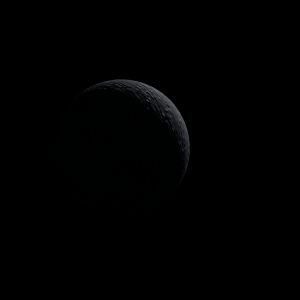|
|
Space Astro
|
Info for exoplanet "Pallene"
| Scientific (actual) data |
|---|
| Name | GJ 876 c |
| Planet status | Confirmed |
| Mass sini | 0.698 |
| Orbital period | 30.126 |
| Semi major axis | 0.134 |
| Orbit eccentricity | 0.25 |
| Angular distance | 0.027572 |
| Discovered | 2000 |
| Updated | 2022-07-25 |
| Omega | 51.6 |
| K | 88.34 |
| Publication | Published in a refereed paper |
| Detection type | Radial Velocity |
| Mass measurement type | Radial Velocity |
| Molecules | CH4, H, OH |
| Star name | GJ 876 |
| Right ascension | 343.3° |
| Declination | -14.25° |
| Mag v | 10.17 |
| Star distance | 4.7 |
| Star metallicity | 0.05 |
| Star mass | 0.334 |
| Star radius | 0.36 |
| Star sp type | M4 V |
| Star age | 2.5 |
| Star temperature | 3350 |
| Wikipedia article | GJ 876 c |
Back
| |
| Fictional info (?) |
|---|
| Suggested name | Pallene |
| Planet type | Cold planet |
| As seen from GJ 876, in a frame of reference that rotates with the orbital motion, it appears to rotate only once every two years.
It has the densest atmosphere of any cold planets, consisting primarily of H,. The OH has probably photodissociated, and the free H, has been swept into interplanetary space by the solar wind because of the lack of a planetary magnetic field.
The volume of water detected has been estimated to be equivalent to the volume of water in Earth's oceans.
Its north and south poles, therefore, lie where most other planets have their equators. |
| Atmosphere | H, | 62% |
| CH4, | 37% |
| OH | 0.064% |
| Atmospheric pressure | 80 bar |
 |
| No known satellites |
| Google search for Pallene |
|
Website by Joachim Michaelis
|
|
|
|